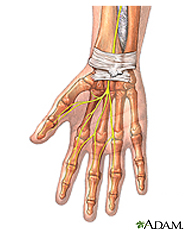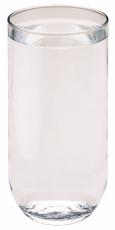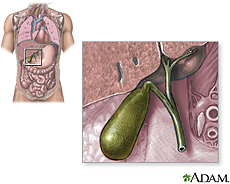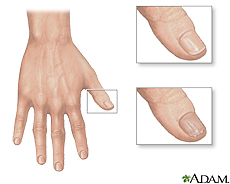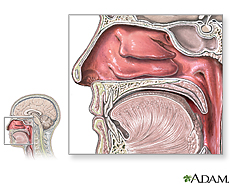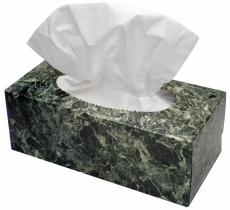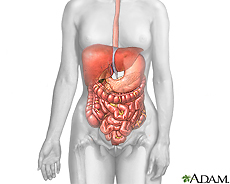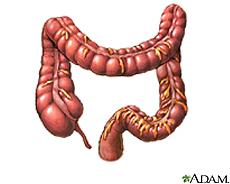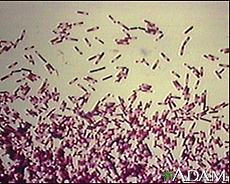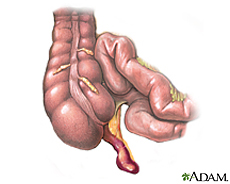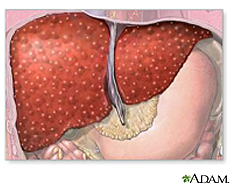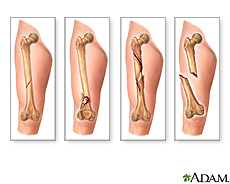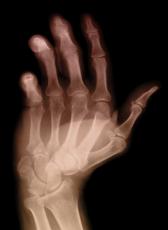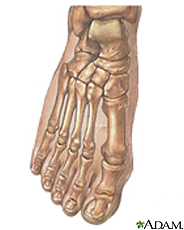Apart from eliminating cellulite, Biolabs Anti-Cellulite Formula will also prevent the formation of new cellulite in your body. It activates the process of lipolysis, which helps in metabolizing the fat stored in your body. This product comes in the form of a cream which you need to apply on those parts of your body which have cellulite deposition. The use of this product will help in flushing out fat and harmful toxins from your body. Using Biolabs Anti-Cellulite Formula will boost the synthesis of elastin and collagen; which will help to tone up your skin.
Biolabs Anti-Cellulite Formula rectifies the blood circulation and helps your body in fighting water retention. A large number of women have been benefited by this awesome skin care solution. If you wish to buy it, then visit its official website. On its website, you will be able to place an order for the risk-free-trial of this product



